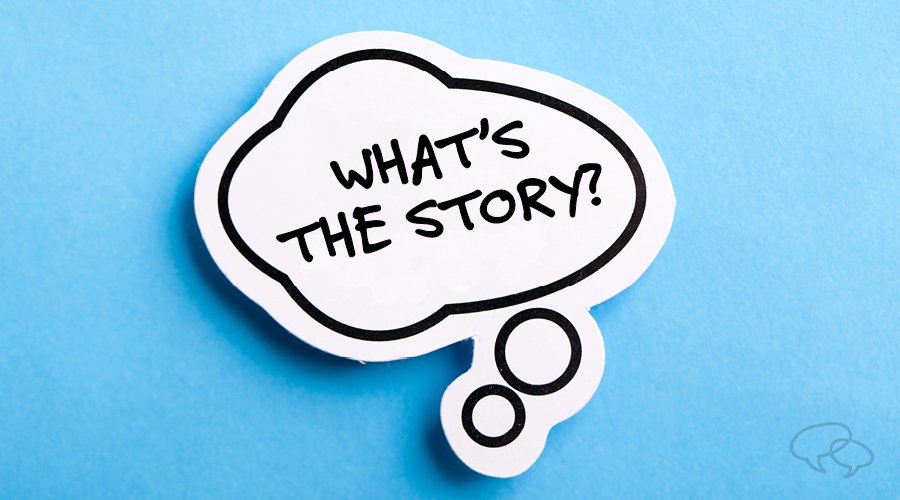To defeat the status quo, use storytelling in sales for a winning pitch.
At the most conservative estimate, we humans have been telling stories for thousands of years. We’ve drawn them on cave walls. We’ve passed them down orally through the generations. We’ve told them with the printed word, in books, magazines and newspapers. We listen to them over the airwaves. We watch them on laptop monitors and plasma displays.
The media may have changed dramatically, but the basic truth remains the same: We are wired for stories, and stories still matter to us today. So why not sell to that deep-seated narrative urge?
Melissa Madian, VP of sales enablement at Vision Critical, was recently the subject of an engaging interview on Selling Power, where she discussed the importance of using storytelling in sales. We highly recommend checking the interview out (and not just because “Conversations That Win the Complex Sale” makes a cameo!).
So what, according to Madian, is the best thing about telling stories? Well, most importantly, people remember them.
“You may not necessarily remember a product feature that you see, or what exactly was in the demo that got shown to you, but you’ll always remember the story that a vendor tells you,” she said.
Intuitively, we seem to understand this, even if we have a hard time doing it. But why are stories so powerful? What actually makes them memorable?
It shouldn’t be surprising that an activity as ancient as storytelling appeals to the oldest part of our brain—often aptly referred to as the “old brain.” The “old brain” is the simple, decision-making mechanism that craves contrast, makes fast, non-analytical decisions, and responds to emotions and visual stimuli. Ultimately, that’s the part of the brain your messaging needs to speak to if you hope to move your prospect away from their status quo.
As Madian points out, a story isn’t really a story without a conflict or point of tension that needs to be resolved. You can enhance the power of your story by personalizing it and using “you phrasing” to transfer ownership and place your prospect in the middle of that tension. Then you can show the potential risks and uncertainties in their current situation and help them find a way to overcoming these challenges by doing something different.
You can also better represent the journey from conflict to resolution by showing clear visual contrast between the pain your prospects feel in their current situation and the value proposition they’ll receive from yours.
When asked why some reps struggle with storytelling, Madian said the laser focus on hitting quota and thinking like a salesperson can prevent reps from considering “how the buyer is experiencing the process with us.”
When it comes to convincing prospects to change, salespeople should speak less in the terms of sales and more in the terms of change management. That will help you tell a story that unhinges the status quo and sets your conversations apart.
For a more in-depth discussion of these storytelling techniques and more, order your copy of “The Three Value Conversations” now.







